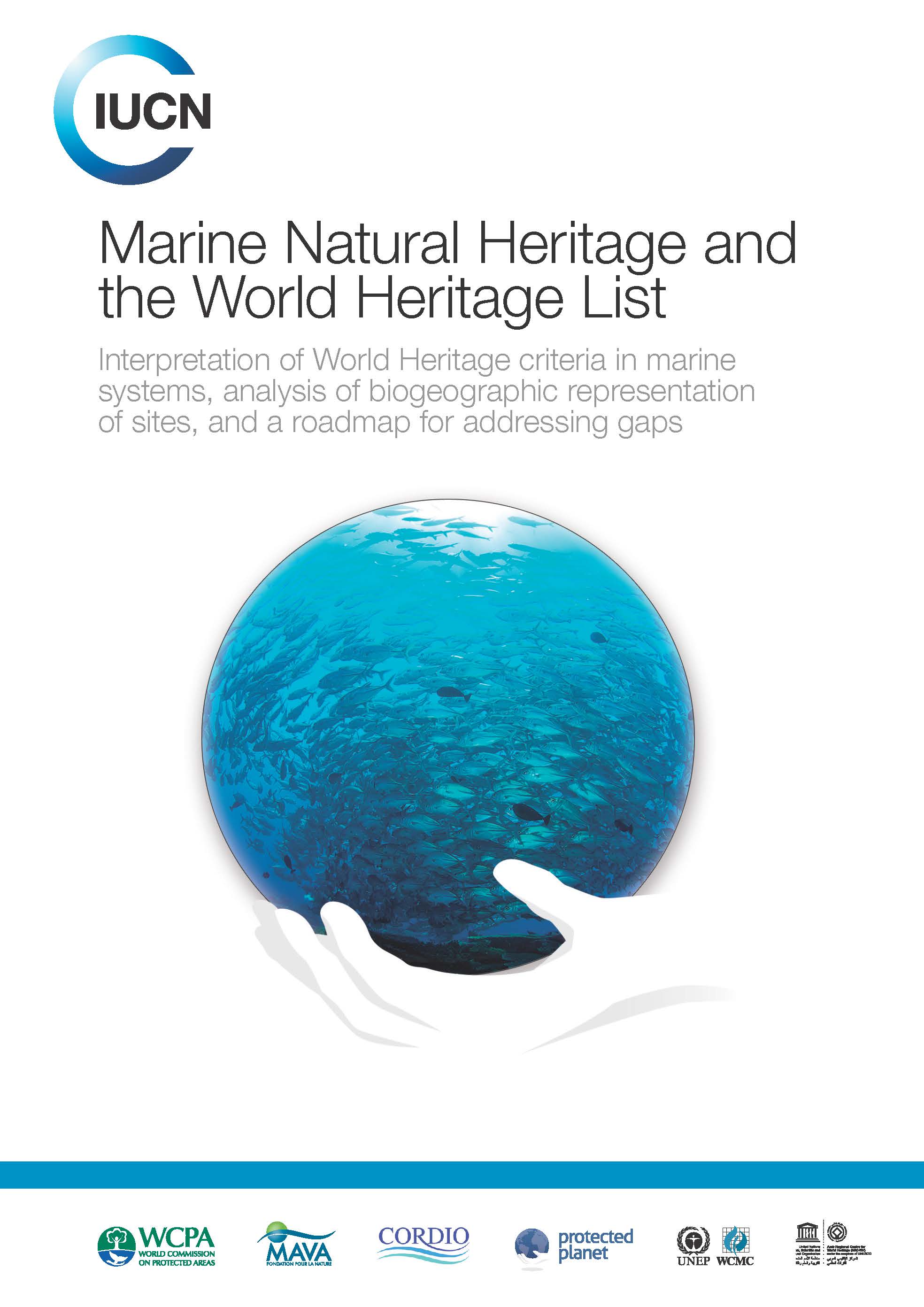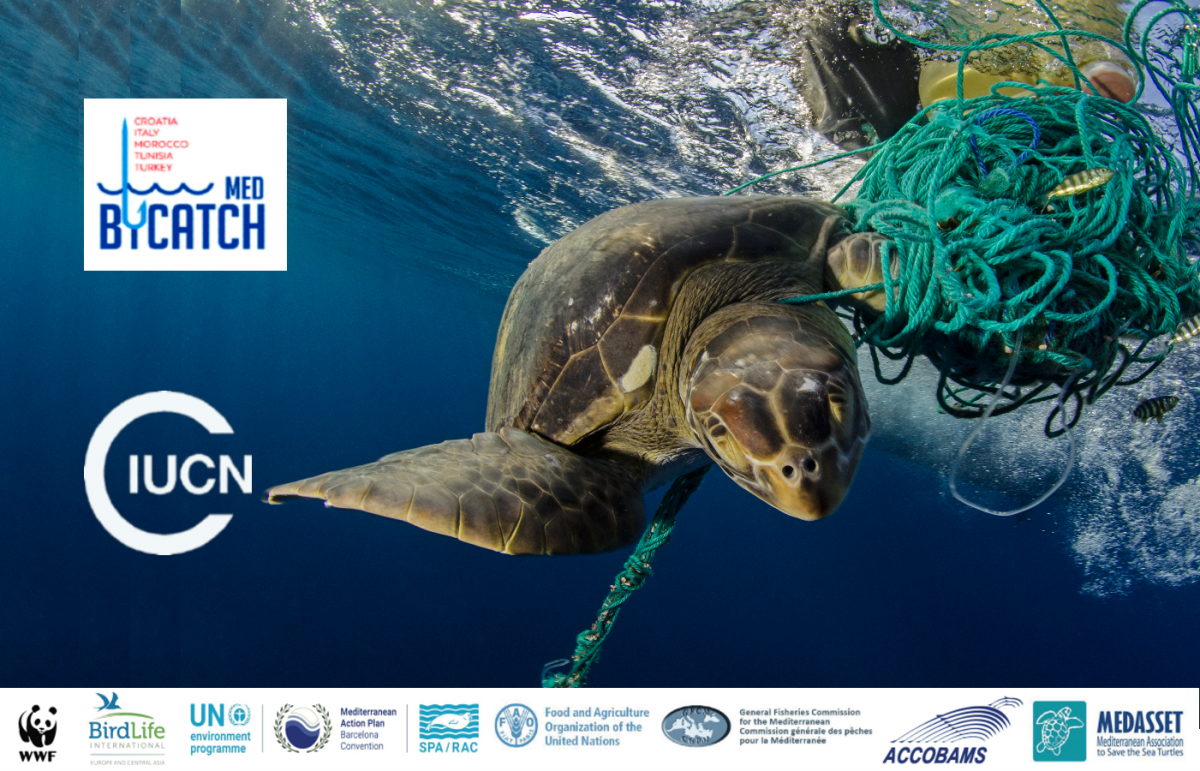Are oceans a universal value? IUCN identifies gaps in marine World Heritage
Marseille, 22 October 2013 - A new IUCN report identifying gaps in marine World Heritage was launched today at the 3rd International Marine Protected Areas Congress (IMPAC). The study provides a road map to ensure the World Heritage Convention reflects the diversity of marine ecosystems in future nominations.
The World Heritage List includes a relatively small number of sites explicitly recognized for their outstanding universal marine values. Today, it counts 46 marine sites spanning across 35 countries.
This represents about 20% of the natural World Heritage and less than 5% of the total World Heritage. Yet oceans and seas make up over 70% of Earth’s surface and 95% of its habitable space.
Strikingly, less than 3% of the world’s oceans and under 0.2% of high seas are currently protected. World Heritage covers about a quarter of this area.
Marine World Heritage features mainly tropical ecosystems; as a consequence temperate and polar ecosystems are underrepresented.
Over three quarters of the planet’s nearshore areas (under 200 meters deep) either include no World Heritage at all or contain sites with just 1% marine coverage. Likewise, a large proportion of deep-sea habitats do not have any World Heritage sites.
This means the full range of irreplaceable values in these marine ecosystems are bypassed. For example, there are no marine World Heritage sites in the Antarctic, Gulf Stream, Sunda Shelf or Andaman.
One challenge to applying World Heritage to the marine environment to date has been the lack of a clear definition for marine features of potential outstanding universal values.
To overcome this, the study proposes 16 themes, including for example ocean currents, ice, seamounts or diversity of marine life, that can help identify, nominate and inscribe sites representing the most outstanding examples.
This is part of a wider analysis of the approaches that can be adopted to fill marine heritage gaps. The study encourages further regional and global analyses to identify priority areas for potential inclusion on the World Heritage List.
“The World Heritage Convention needs to address the diversity of the marine realm to ensure it can make a relevant contribution to the challenges that face our planet in the 21st Century,” says Tim Badman, Director of IUCN World Heritage Programme.
“Currently, about 40% of marine sites are coral reefs; a balanced World Heritage List would also need to include other types of ecosystems, such as kelp forests, seamounts, rocky reefs or polar habitats. This study provides better guidance for nations to achieve this.”
Marine Natural Heritage and the World Heritage List is the second IUCN gap analysis, with a first study identifying terrestrial gaps published earlier this year. Their aim is to help build a representative, balanced and credible World Heritage List by providing a scientific framework to inform decisions when nominating and inscribing new sites.
IUCN is the advisory body on nature to the World Heritage Committee. The report was supported by the Arab Regional Centre for World Heritage with funds from the Kingdom of Bahrain. Additional support was provided by the German Nature Conservation Agency (BfN) and the MAVA Foundation.





